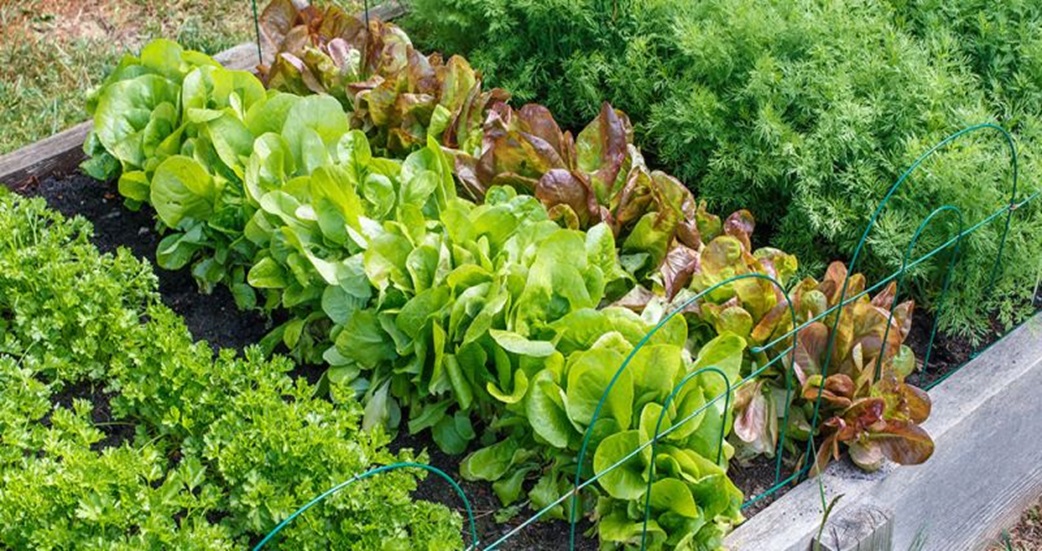Whether you are a seasoned gardener or just starting with your green thumb, the goal of any vegetable garden is to produce a vibrant and plentiful harvest. To ensure the success of your gardening endeavors, it’s crucial to implement effective strategies that promote optimal veggie growth and yield. Let’s delve into some expert tips that can make a substantial difference in the productivity of your vegetable garden.
1. Select the Right Varieties
Begin your journey to a bountiful harvest by choosing vegetable varieties that are well-suited to your climate and soil conditions. Different veggies thrive in different environments, so research and select plants that are known to do well in your specific region. This ensures that your efforts are focused on cultivating vegetables that are more likely to flourish, leading to a higher yield.
2. Soil Enrichment
Healthy soil is the foundation of a thriving garden. Invest time in enriching your soil with organic matter, such as compost or well-rotted manure. This not only provides essential nutrients to your plants but also improves soil structure, drainage, and water retention. Regularly test the pH levels of your soil and make necessary amendments to create an environment that fosters robust veggie growth.
3. Proper Spacing and Planting
Avoid overcrowding your garden, as this can lead to competition for resources among plants. Follow recommended spacing guidelines for each vegetable type to allow adequate air circulation and sunlight penetration. Additionally, stagger planting times for certain crops to ensure a continuous harvest rather than a one-time surge, promoting sustained growth throughout the growing season. Thankfully, by implementing a hydroponic system, all of your planting problems will be solved!
4. Implement Smart Watering Practices
While consistent watering is crucial, it’s equally important to avoid overwatering or underwatering your plants. Invest in a drip irrigation system or water at the base of the plants to minimize water contact with leaves, reducing the risk of diseases. Mulching around plants can also help retain moisture, suppress weeds, and regulate soil temperature.
5. Provide Adequate Support
In the intricate dance of nature, the development of vegetable plants often requires a helping hand. Offering adequate support is a crucial aspect of maximizing veggie growth and yield. As your plants mature, they may become laden with the weight of burgeoning fruits or vulnerable to the whims of weather. Implementing proper support systems ensures the structural integrity of your plants and contributes to an overall healthier garden.
Consider the sprawling branches of tomato plants laden with ripening fruit. Without proper support, these branches may bow under the weight, increasing the risk of breakage and susceptibility to pests and diseases. Staking or caging these plants provides a stable framework, preventing damage and enabling the plant to channel its energy into fruit production.
For climbing vegetables like beans, peas, or cucumbers, trellises offer vertical support, optimizing space and exposure to sunlight. Vertical growth not only conserves space but also enhances air circulation, minimizing the risk of fungal infections. The upward orientation allows leaves to bask in sunlight, promoting photosynthesis and ultimately leading to increased yield.
6. Regular Pruning and Maintenance
Just as a skilled sculptor shapes a masterpiece from stone, a gardener crafts a thriving vegetable garden through regular pruning and maintenance. These practices are not merely cosmetic; they play a vital role in optimizing veggie growth and yield. Pruning involves selectively removing certain parts of a plant, such as dead or diseased foliage, to enhance its overall health and productivity.
Dead or yellowing leaves not only detract from the visual appeal of your garden but also serve as potential breeding grounds for diseases. Regular pruning allows you to promptly remove these weakened parts, preventing the spread of ailments and ensuring that your plants allocate energy where it matters most – towards robust growth and fruitful production.
Maintenance extends beyond the act of pruning, encompassing a vigilant approach to the well-being of your garden. Conduct regular inspections to identify and address issues such as pest infestations or signs of nutrient deficiencies. By nipping potential problems in the bud, you safeguard your plants from larger threats that could compromise their vitality and yield. For more about plant maintenance, we recommend visiting AspenTech.
7. Feed Wisely
Supplement your soil with a balanced fertilizer, providing the essential nutrients your plants need for vigorous growth. Be mindful of the specific requirements of each vegetable type, adjusting your feeding schedule accordingly. Over-fertilizing can be as detrimental as under-fertilizing, so follow recommended guidelines to avoid nutrient imbalances.
Conclusion
In conclusion, cultivating a flourishing vegetable garden is a rewarding endeavor that requires dedication, knowledge, and strategic planning. By selecting the right varieties, enriching your soil, practicing proper spacing, implementing smart watering practices, providing support, conducting regular maintenance, and feeding your plants wisely, you can maximize veggie growth and yield. Following these expert tips will not only lead to a bountiful harvest but also contribute to the overall sustainability of your garden, providing fresh and nutritious produce for your table. Happy gardening!




